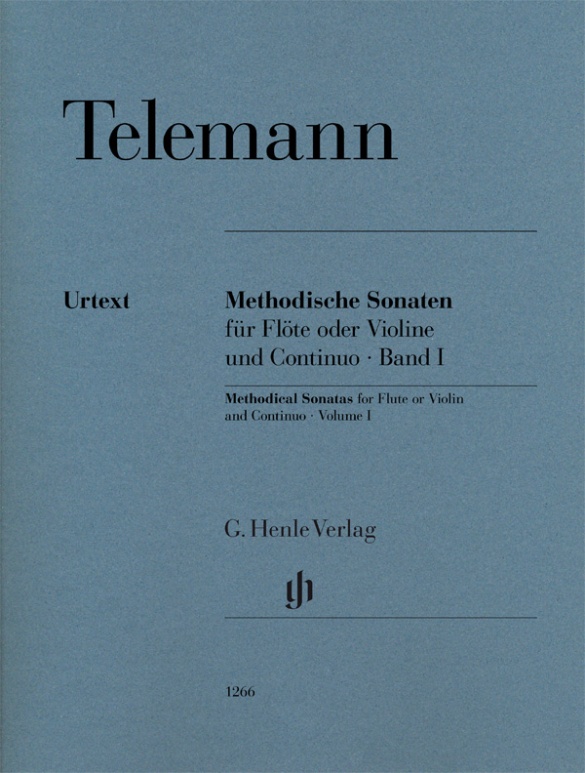

Georg Philipp Telemann
Methodical Sonatas for Flute or Violin and Continuo, Volume I
Telemann’s sonatas, published in 1728, are “methodical” according to the meaning of the word in his own day, since in addition to the plain melody line given to the soloist in the first movements they also provide an ornamented variant each time. We commend this instructive and, at the same time, very enjoyable music to today’s flautists and violinists. Our luxurious new publication is the only one to evaluate all available sources. It has a solo and basso-continuo part in which the two instrumental lines are aligned for orientation, plus another part that gives only an unrealised (but figured) bass line. The Henle edition also includes a full score with a stylistically appropriate continuo realisation.
Read more about this edition in the Henle Blog.
Content/Details
About the Composer
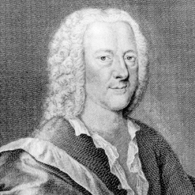
Georg Philipp Telemann
One of the leading German composers of his day, particularly as regards his German-language operas as well. Also from his pen came an extremely large number of liturgical works (especially cantatas), which came about within the context of his appointments and the compositional duties associated with them.
| 1681 | Born in Magdeburg on March 14. |
| 1701–05 | He studies law in Leipzig, but is active as a singer, librettist, and composer at the opera, and after 1702, also as its music director. He writes music for the St. Thomas Church and St. Nicholas Church. Founds a student Collegium Musicum. |
| 1704 | Organist and music director at the New Church. |
| 1705–08 | Court musical director in Sorau. |
| 1708–12 | Music director in Eisenach; composition of liturgical cantatas, masses, as well as other sacred and secular vocal works, instrumental concerti, and sonatas. |
| 1712–21 | City music director of Frankfurt am Main; composition of liturgical music and music director at the Church of the Discalced and the St. Catherine Church; reestablishment of the Collegium Musicum of the Frauenstein Society and thus the beginning of regular concert life in Frankfurt am Main. |
| 1716 | Premiere in Frankfurt of his Brockes Passion. |
| 1721 | Premiere in Hamburg of the opera “Der geduldige Socrates.” He becomes cantor at the Johanneum Latin school and music director of the city of Hamburg. The five main churches of Hamburg were thus under his musical direction. Composition of church cantatas, secular cantatas, “Captain’s Music,” instrumental music; establishment of a Collegium Musicum. |
| 1722 | He assumes the musical directorship of the Oper am Gänsemarkt (until 1738) and composes a large number of theatrical works for Hamburg. |
| 1725 | Premiere of the intermezzo “Die ungleiche Heirath oder das herrsch-süchtige Cammer-Mädgen” (‘Pimpinone’), which is still his most well-known work for the stage. |
| 1728 | Premiere of “Die Last-tragende Liebe oder Emma und Eginhard,” the most important of his surviving Hamburg operas. |
| after 1755 | Composition of vocal works in collaboration with various poets. |
| 1767 | Death in Hamburg on June 25. |
Product Safety Informations (GPSR)

G. Henle Verlag
Here you can find the information about the manufacturer of the product.G. Henle Verlag e.K.
Forstenrieder Allee 122
81476 München
Germany
info@henle.de
www.henle.com
Henle`s superb urtext edition in four parts is impeccable as ever. The flute/violin part is presented in bold type over a figured bass part in small print. In the opening movements there are three staves, with the simple and embellished lines in bold type above the small printed basso part. Fold out pages eliminate any page turns. Secondly, the basso part is individually printed in bold type. Thirdly, the basso part is again printed in bold type but with the treble parts in small print and finally, a score with a keyboard part fully realised by the editor Wolfgang Kostujak.
Stringendo, 2018Het speelmateriaal is zeer omvangrijk: een partituur met uitgewerkte continuopartij (Kostujak is zelf klavecinist), een losse partij voor fluit of viool met daaronder (veel kleiner) de bas, een losse continuopartij met de becijferde bas en daarboven (veel kleiner) de solopartij en tenslotte een losse becijferde baspartij. (...) Aan het praktische punt van omslaan is veel aandacht besteed: sommige pagina`s van de solopartij en de continuopartij zijn dubbelgevouwen, zodat er uitgevouwen drie pagina`s naast elkaar komen te staan, andere pagina`s zijn leeg gelaten. De prijs liegt er niet om, maar je krijgt beslist waar voor je geld.
Fluit, 2017On reste parfois désemparé devant l`absence totale de travail éditorial et de qualité d`édition de certaines publications. Les èditions Henle, au contraire, représentent une valeur sûre et c`est avec plaisir que l`on découvre ces Sonates dans une édition qui ne déroge pas à la règle et que l`on n`imagine pas présentées autrement que minutiesement. (...) L`édition, éditée, présentée et annotée par Wolfgang Kostujak qui a également réalisé la basse continue, est irréprochable.
Tempo flûte, 2017Die Ausgabe ist eine wahre Freude! Kostujak geht quellenkritisch penibel vor und zieht in seinem Kritischen Bericht alle relevanten Quellen mit ein, seine Continuo-Aussetzung entspricht dem aktuellen "state of the art", und die gesamte, im Layout konsequent blätterfreundliche Ausgabe enthält neben der eigentlichen Partitur eine Melodiestimme mit unterlegtem Bass, eine Basso-Continuo-Stimme mit Flötenstimme sowie noch eine reine Bassstimme mit Ziffern. Alles in allem ideale Voraussetzungen für Flötisten und Geiger, zusammen mit ihren Continuopartnern einen "fresh view" auf diese bedeutenden Werke zu richten, aus denen man - so ja auch der Sinn von Telemanns Veröffentlichung - nach wie vor sehr viel lernen kann! Ich freue mich schon auf Vol. II!
Tibia, 2017Die Anmerkungen zur Aufführungspraxis sind literarisch quellenbasiert, trotzdem kurz und von enormer Informationsdichte inkl. praktischer Beispiele. Eine Ausgabe also, der eine gute Balance zwischen Praxisnähe und Urtextedition gelingt und die ein hilfreicher Schritt ist in Richtung informierter Interpretation.
ESTA-Nachrichten, 2017recommendations
autogenerated_cross_selling
Further editions of this title
Further editions of this title


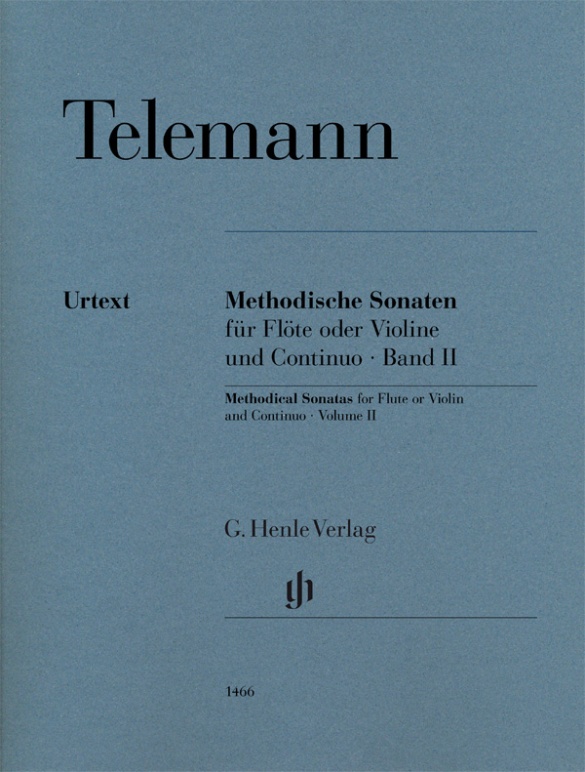

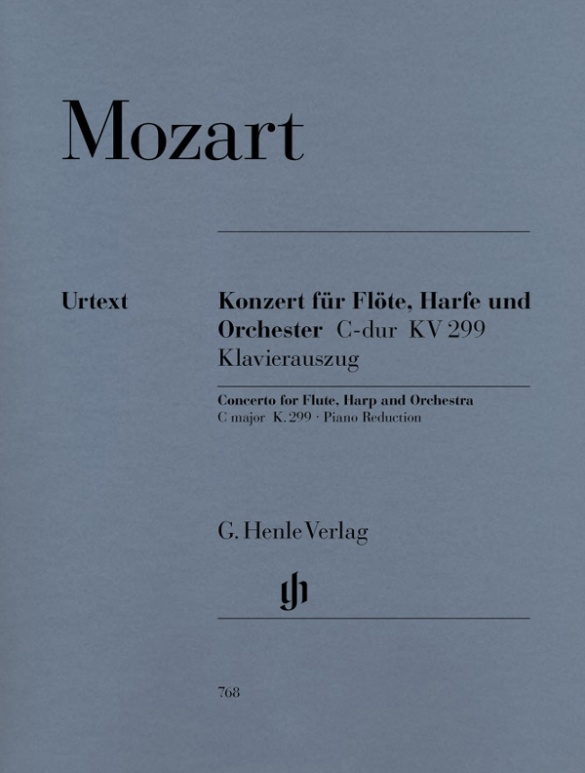
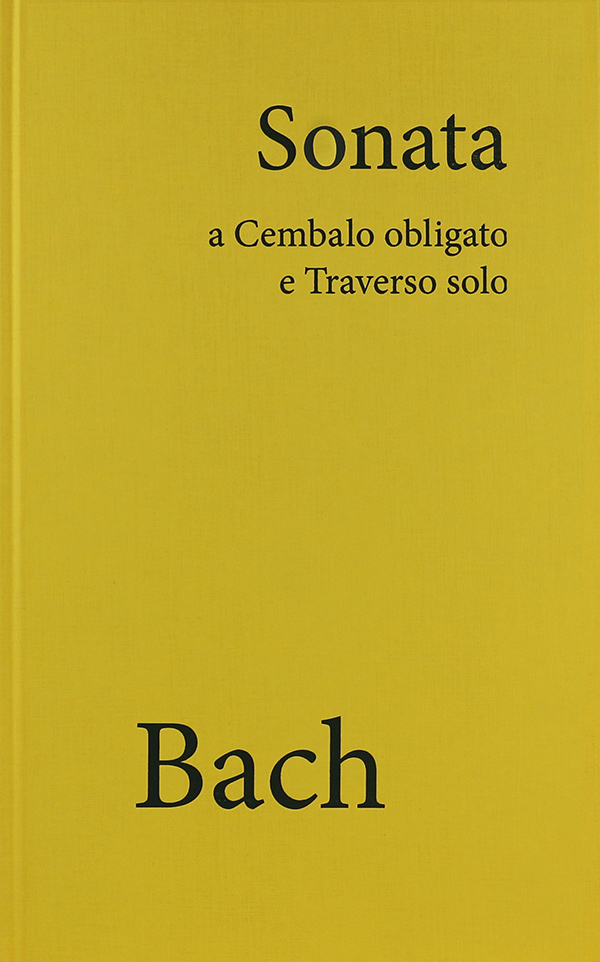
- includes a solo and a basso continuo part, with the other part also printed to aid orientation
- extra part with just the unrealised but figured bass line